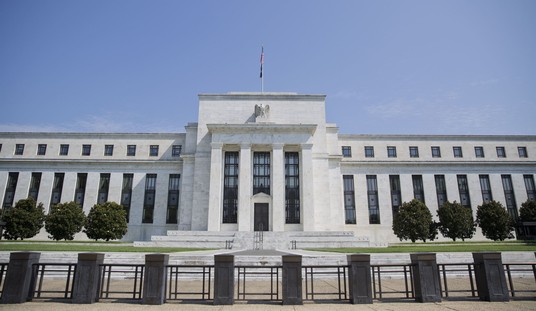Ever since vaccination was introduced at the end of the eighteenth century by Edward Jenner, the immunization of children in particular has been a source of controversy that has stirred the deepest passions. Mankind accepted therapeutic blood-letting for two thousand years with hardly a murmur of scepticism; but vaccination against smallpox, especially when the state made it compulsory, gave rise to one of the longest-lived social protest movements in British and American history.
Nothing is easier to forget or take for granted than the progress we have made. A recent editorial in the New England Journal of Medicine points out that from the early 1940s to 1973 the annual incidence of whooping cough in the United States was reduced by immunization from 157 per 100,000 of the population to less than 1 per 100,000. Whooping cough is not a trivial disease: the present death rate from it world-wide is now one in 164 cases, and is higher among infants. Before immunization, several thousand people died annually in the United States from whooping cough; by the 1980s, less than 50 a year died.
The editorial draws attention to, and discusses the reasons for, the current epidemic of the disease in the United States, perhaps the most severe in the last half century. In 2010 the rate was nine times what it was in 1980. The reasons for this are more complex than you might think.
First, it is possible that diagnosis is more accurate and sensitive than ever before, and therefore that the increase is a statistical artefact. A technique called poymerase chain reaction allows the disease to be diagnosed from a single blood sample, and this alone might cause the recorded incidence to rise. It is also possible that fashions in diagnosis change: when doctors are aware of a controversy surrounding a diagnosis, they make it more readily.
Second, the new vaccine against whooping cough, developed because of concerns about the safety of the old vaccine, has been shown to be less effective, though safer and less prone to cause side-effects, than the old. If this were indeed part of the explanation, it would mean that anxiety about the safety of the vaccine had led to an increase in the incidence of the disease; but whether this would outweigh the improved safety of the new vaccine would be a very difficult calculation to make. The serious consequences of whooping cough are not very frequent; those of the old vaccination very, very rare; those of the new vaccination rarer still. Moreover, you would have to know precisely what proportion of the increase in the incidence of whooping cough was attributable to the change in vaccines used to know whether the changeover had been beneficial or harmful.
Finally, there is the possibility that there has been a genetic change in the organism, Bordetella pertussis, that allows it to evade the protective effects of immunization. The evidence on this, says the editorial, is contradictory; studies in the Netherlands and Australia suggest this might be so, another in Denmark suggests that it is not.
The editorial does not discuss variation in the rate of vaccination of children as a possible explanation of the increase in incidence because 94 percent of children in America are immunized, enough to provide herd immunity, that is to say the kind of immunity that arises when a sufficiently large proportion of the population is immune and makes it difficult for the disease to spread.
There is no problem that a lawsuit will not solve, however. Here is what I found on one law firm’s website:
Do you qualify for a lawsuit from DPT vaccine damages? Please complete our no obligation, free consultation form. Lawyers familiar with DPT vaccines and DPT vaccine experts are standing by to assist you.
A real comfort. Doctors don’t know, but lawyers do.
***
Image courtesy shutterstock / Zsolt, Biczó
Recently at PJ Lifestyle from Dr. Theodore Dalrymple:










Join the conversation as a VIP Member